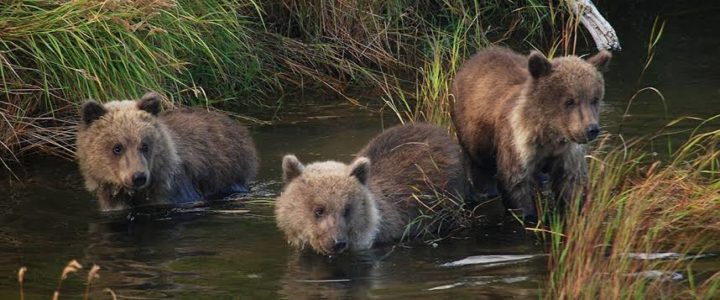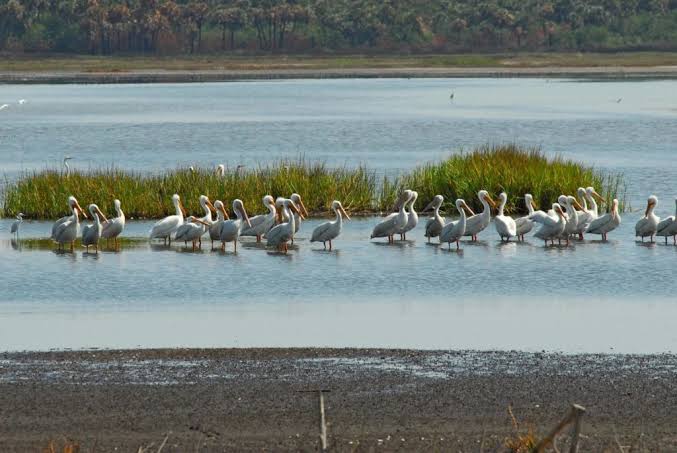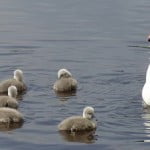Earth Wildlife Habitats and the their Ecosystems
In recent years, much emphasis has been placed on environmental conservation. Wildlife habitats have not been spared from the on-going destruction of natural environment by mankind.

A large number of animal and plant species are already on the endangered list and many continue to be added. In addition to habitats being destroyed, habitat fragmentation is also a common problem where once continuous habitats become divided resulting in reduced viability. Edge effects like fires can result in some species disappearing altogether.
One of the habitats that contain the largest diversity of life is coral reefs. Coral reefs are home to thousands of different flora and fauna. For example, the Florida Keys coral reefs sustains 5 species of sea turtles, 1700 species of mollusks, 500 species of fish and hundreds of species of sponges.
Life’s diversity here is simply breathtaking. Coral wildlife habitats have however not been spared by the threat of global warming. Coral bleaching takes place with only a one degree rise in temperature, and temperatures have already increased by one degree in the last century.

Forests occupy a third of the land cover on Earth and come in various types. Forest wildlife habitats, like the tropical rainforests, host some of the most diverse pockets of biomes on Earth.
Temperate deciduous forests support animals like the red fox, woodpecker and hawks that adapted to cold winters. Unsustainable forestry practices and climate change however are threatening these wildlife habitats together with their inhabitants.
The marine ecosystem, covering 70 percent of the earth’s surface is teeming with life. Supporting a great diversity of life and containing a variety of habitats, the world’s oceans are also affected by the climate and weather. Threats include oil spills, over fishing, climate change and pollutions.
Wetlands, the link between land and water, are some of the most productive ecosystems on our planet. Swamps and bogs are filled with grasses, shrubs, moss, and provide habitats for a wide variety of wildlife.

These ecosystems are responsible for filtering and cleaning water for other ecosystems as well, acting like kidneys. These wildlife habitats also act like sponges keeping rivers at normal levels during floods.
Indeed the more we learn about our planet and the habitats it supports, the more we come to understand how fragile these systems are, how life is interconnected to them and the need to protect them.








